As author Lee Chambers’s new book on Fort Abraham Lincoln (reviewed in this issue) illustrates, the reading public, both in the United States and abroad, remains fascinated by life in the West following the Civil War. But unlike the Hollywood stereotype of dashing officers, stalwart enlisted men, and beautiful women waiting patiently for them back at the base, life on the typical western army post was unpleasant, uncomfortable, and often unsafe. And it was lived by soldiers who were a far cry in looks and attitude from John Wayne, Errol Flynn, or Henry Fonda.
Contrary to the romantic movie version, most western forts looked more like a ramshackle prairie village. Sprawled across an uninviting countryside, the forts were open to the elements and exposed to the depredations of both enemies and friends. Stray visitors, both human and animal, frequently trudged across the fort’s dusty parade grounds. Only the tall flagpole in the middle of the post, topped by a weather-beaten American flag, differentiated the post from the squalid civilian settlements it was there to protect.
Lieutenant Frederick D. Phelps, arriving for duty at Fort Bayard, New Mexico, in 1871, confronted a common if depressing scene: “Huts of logs and round stone, with flat dirt roofs that in summer leaked and brought down rivulets of liquid mud,” he wrote, “in winter the hiding place of the tarantula and the centipede, with ceilings of condemned canvas, windows of four dot six panes, swinging door-like on hinges (the walls were not high enough to allow them to slide upward), low, dark and uncomfortable.”
At least Phelps, as an officer, rated private quarters. Common enlisted men, paired off as “bunkies,” had to share straw-filled mattresses and rickety cots in poorly constructed and badly ventilated barracks. Fat brown rats had the nightly run of the place, and diamondback rattlesnakes and deadly black scorpions took up residence in unwary troopers’ boots. Barracks were stifling hot in summer and freezing cold in winter; dust blew incessantly through the cracks in the walls, and snow drifted inside during the not-infrequent blizzards. Privies were located outside, and baths consisted of lukewarm tubs of water dumped unceremoniously over fully clothed and not overly clean soldiers.
The quality of the typical post-Civil War recruit mirrored his uncongenial surroundings. The citizen-soldier of the North, highly motivated and “touched by fire,” was a distant memory by the late 1860s and 1870s. In his place in the skeletonized post-war Army was a $16-a-month recruit (later reduced to $13 a month by a parsimonious Congress), increasingly drawn from the immigrant poor of large eastern and midwestern cities. Ill-clothed, ill-housed, ill-fed, and ill-trained, the average western soldier was no beau ideal. As the New York Sun complained in an editorial: “The Regular Army is composed of bummers, loafers, and foreign paupers.”
Western soldiers had to endure a monotonous daily grind known all too accurately as “fatigue,” a military euphemism for manual labor. Operating on the theory that a busy soldier was less likely to be a discipline problem, post commanders kept their charges drudging away at a variety of menial and mind-numbing tasks. In 1878, one such group of exhausted soldiers petitioned Congress to lighten their physical and psychological load, noting: “We enlisted with the usual ideas of the life of a soldier, but we find that we are obliged to perform all kinds of labor, such as building quarters, tables, storehouses, bridges, roads, and telegraph lines, involving logging, lumbering, quarrying, lime-burning, mason work, plastering, carpentering, etc.” Maj. Gen. John Pope agreed with the troopers; western forts, he said, were “garrisoned by enlisted laborers rather than soldiers.”
Why did men continue to enlist in the Army? German immigrant John Burkman, who served under Lt. Col. George Armstrong Custer before the debacle at Little Bighorn, perhaps summed it up best. “The regiment,” he wrote, “was the only home I ever knowed.”
Roy Morris Jr.
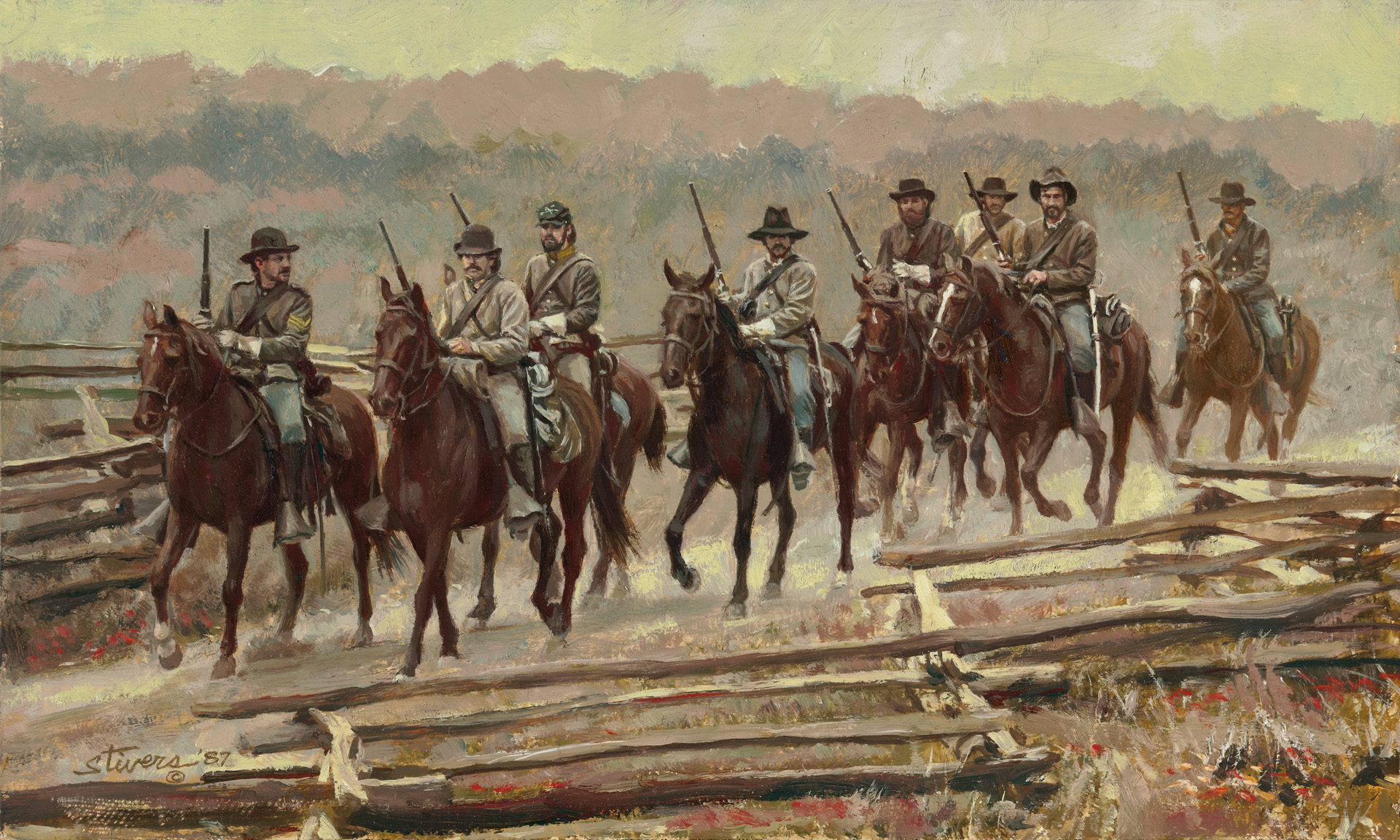

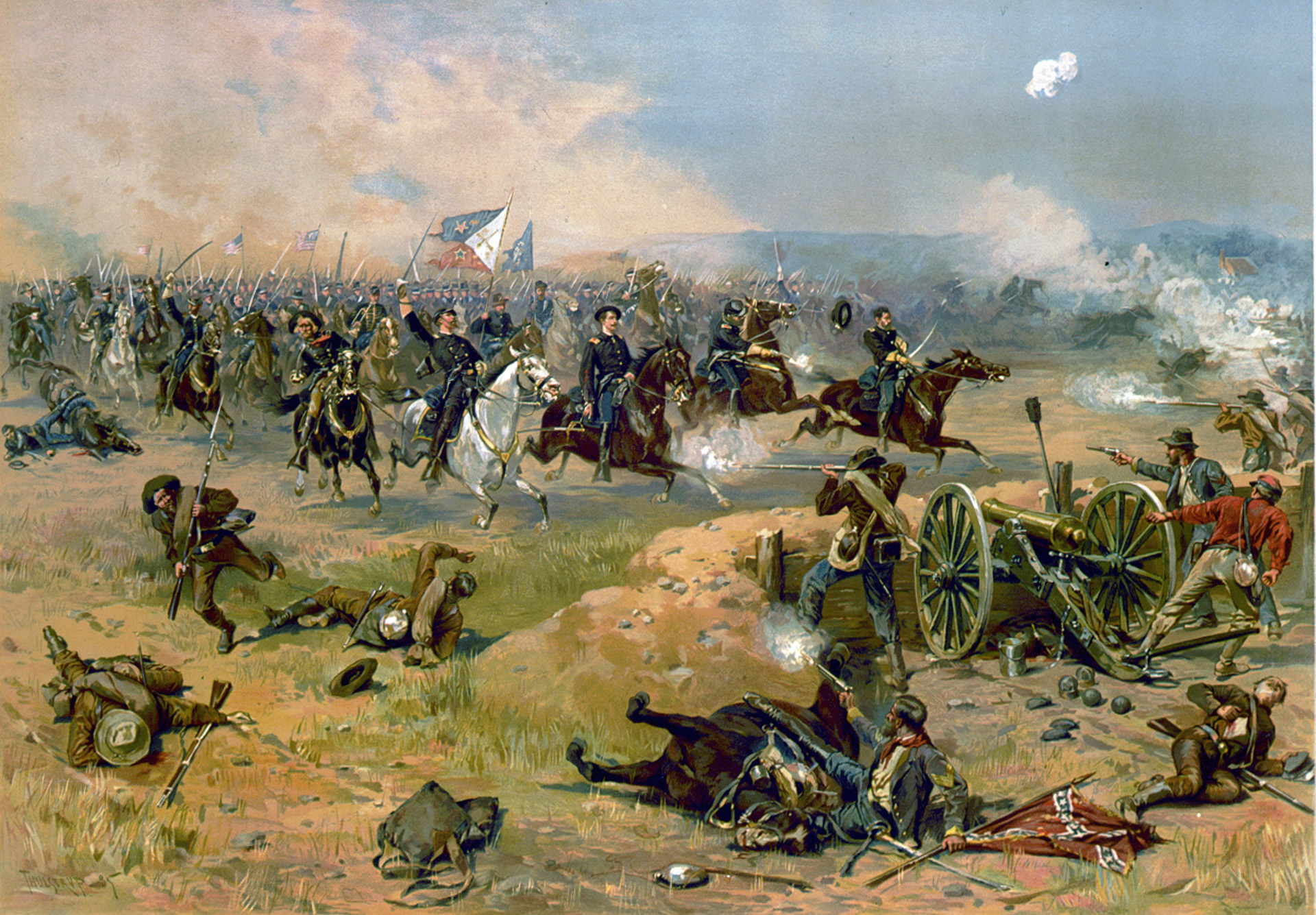

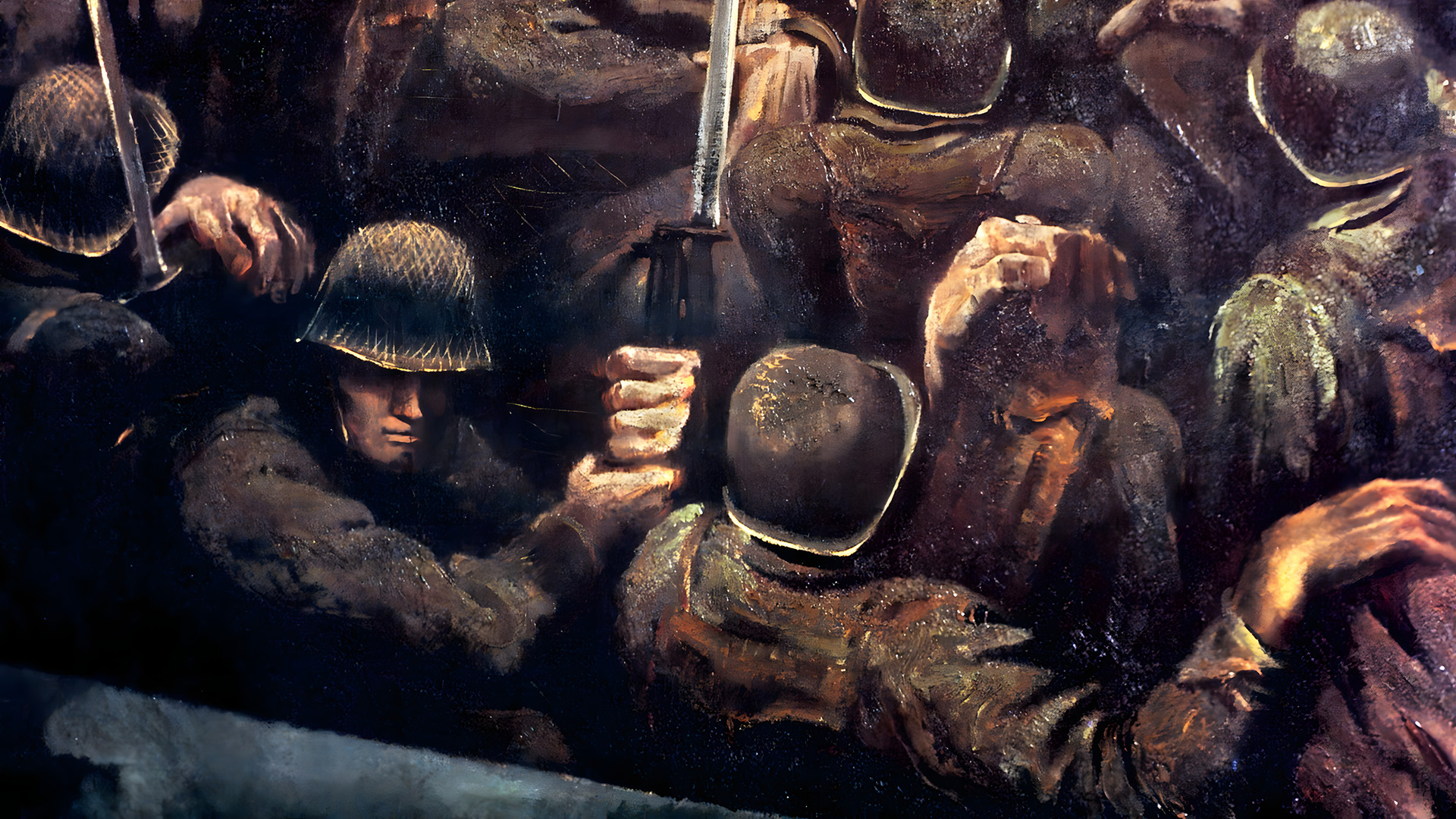
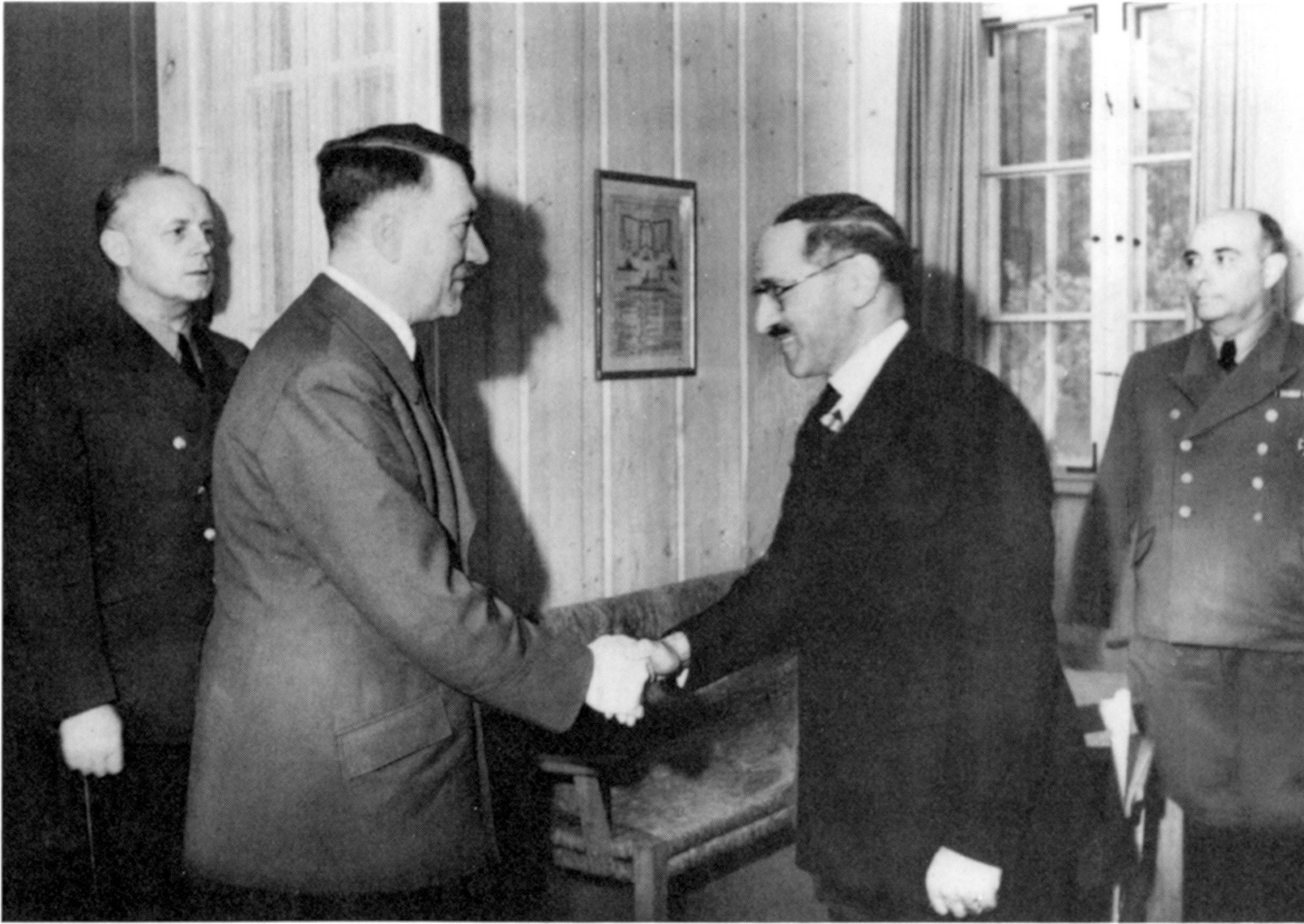

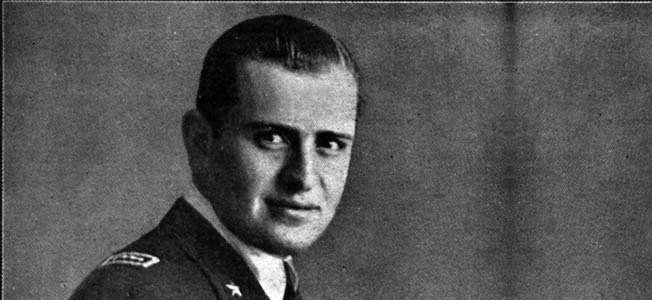
Join The Conversation
Comments
View All Comments